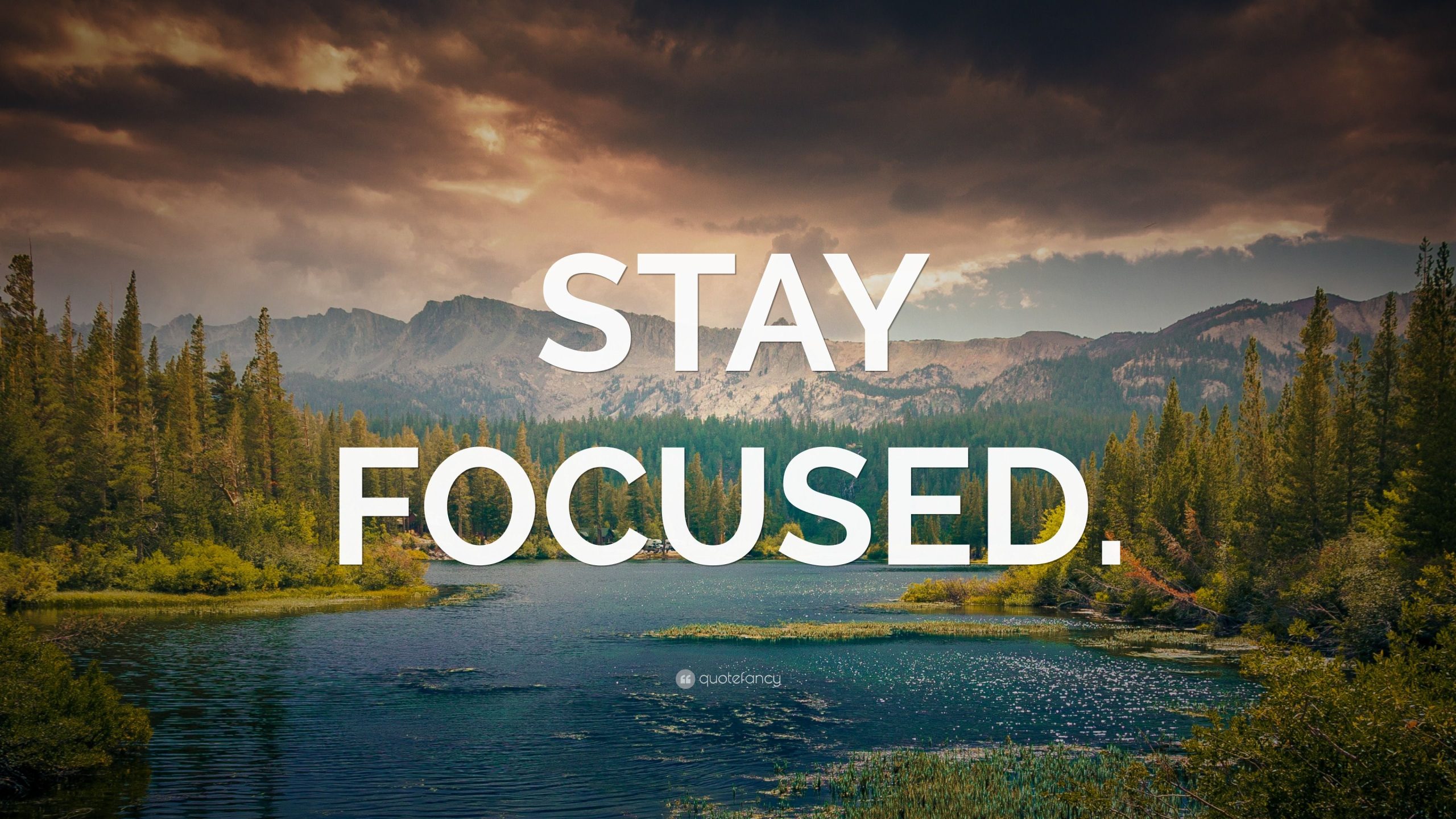
Argentina, a land of staggering contrasts, beckons travelers with its dramatic landscapes, vibrant culture, and intoxicating passion. From the icy giants of Patagonia to the rhythmic pulse of Buenos Aires, this South American gem offers an unforgettable journey for every kind of adventurer. Deciding where to stay in Argentina is the first crucial step in crafting your dream itinerary, and with a diverse range of destinations catering to different interests, the possibilities are as vast as its pampas.
This comprehensive guide will navigate you through the top attractions, delve into Argentina’s captivating history, equip you with essential travel tips, explore accommodation options, discuss transportation, and help you pinpoint the best time to visit this captivating country.
A Tapestry of History: Understanding Argentina’s Soul

Related Articles about From Glaciers to Tango: Your Ultimate Guide to Where to Stay in Argentina:
- Unveiling the Kingdom: Your Comprehensive Guide to Traveling to Saudi Arabia
- Paradise on a Budget: Scoring Cheap Flights to Hawaii and Enjoying the Aloha Spirit Without Breaking the Bank
- Busan Beckons: A Symphony of Sea, Culture, and Culinary Delights
- The Enchanting Tapestry of the Golden City: Your Ultimate Guide to San Francisco
- Conquer the Golden Gate: Your Ultimate Guide to Exploring San Francisco
To truly appreciate Argentina, a glimpse into its rich and often turbulent history is essential. Indigenous cultures, most notably the Diaguita and Mapuche, inhabited the land for millennia before Spanish colonization began in the 16th century. The colonial era brought with it a profound cultural fusion, evident in the language, architecture, and the deep-rooted Catholic faith.
The 19th century witnessed Argentina’s fight for independence, leading to the establishment of a republic. The late 19th and early 20th centuries saw a massive influx of European immigrants, particularly from Italy and Spain, shaping the nation’s identity, cuisine, and passion for football. The 20th century was marked by periods of political instability, military dictatorships, and economic challenges, yet the resilience and spirit of the Argentine people have always shone through. Understanding this complex past provides a deeper context for the vibrant present you’ll encounter.
Top Attractions: A Symphony of Natural Wonders and Cultural Delights
Argentina’s allure lies in its breathtaking diversity. Here are some of its most iconic attractions:
1. Buenos Aires: The Paris of South America
The pulsating capital city is a must-visit.
- La Boca & Caminito: Wander through colorful, corrugated iron houses, soak in the street art, and witness spontaneous tango performances.
- Recoleta Cemetery: A city of the dead, this opulent necropolis is the final resting place of Eva Perón and countless other prominent figures, adorned with elaborate mausoleums.
- San Telmo: Explore its cobblestone streets, antique shops, and lively Sunday market, a true bohemian heart.
- Palermo: Discover its sprawling parks, trendy boutiques, and world-class restaurants.
- Teatro Colón: An architectural masterpiece, renowned for its acoustics and opulent interiors.
- Tango Shows: Experience the passion and sensuality of this iconic Argentine dance.

2. Iguazu Falls (Iguazú): Nature’s Majestic Roar
Straddling the border with Brazil, Iguazu Falls is a UNESCO World Heritage site and one of the most spectacular natural wonders on Earth. Prepare to be awestruck by hundreds of cascading waterfalls, including the mighty "Devil’s Throat."
3. Patagonia: A Realm of Ice and Awe
This vast, rugged region at the southern tip of South America is a paradise for nature lovers.
- El Calafate & Perito Moreno Glacier: Witness the immense Perito Moreno Glacier, a dynamic ice behemoth that constantly calves icebergs with a thunderous roar. Boat tours offer intimate encounters.
- El Chaltén: The Trekking Capital: Nestled beneath the iconic Fitz Roy and Cerro Torre peaks, this town is a hiker’s dream with trails for all levels.
- Ushuaia: The End of the World: The southernmost city in the world offers gateway to Antarctic cruises and stunning Tierra del Fuego National Park.
4. Mendoza: Wine Country and Andean Majesty
Famous for its Malbec, Mendoza is Argentina’s premier wine region.
- Vineyard Tours & Tastings: Explore the picturesque vineyards, learn about winemaking, and indulge in world-class wines.
- Andes Mountains: Hike, horseback ride, or simply admire the breathtaking scenery, including the majestic Aconcagua, the highest peak outside of Asia.
5. Salta & the Northwest: Andean Culture and Colonial Charm
This region offers a distinct cultural experience with its indigenous heritage and colonial architecture.
- Quebrada de Humahuaca: A UNESCO World Heritage site, this stunning valley boasts vibrantly colored rock formations and traditional villages.
- Salta City: Explore its beautiful colonial plazas and churches.
- Tren a las Nubes (Train to the Clouds): A scenic railway journey through the Andes, offering spectacular views.
6. Bariloche & the Lake District: A Swiss-like Alpine Wonderland
Nestled in the Andes, Bariloche boasts stunning lakes, snow-capped mountains, and an abundance of outdoor activities. Think hiking, skiing, and boat trips.
Travel Tips for a Seamless Argentine Adventure
- Currency: The official currency is the Argentine Peso (ARS). Exchange rates can fluctuate, so it’s wise to stay informed. Consider using a credit card for larger purchases and carrying some cash for smaller transactions.
- Language: Spanish is the official language. While English is spoken in tourist areas, learning a few basic Spanish phrases will greatly enhance your interactions.
- Safety: Argentina is generally safe for tourists. However, like any major city, be aware of your surroundings, especially in crowded areas, and take precautions against pickpocketing.
- Tipping: Tipping is customary in restaurants (around 10%), and for services like hotel staff and tour guides.
- Electricity: The voltage is 220V, and plugs are Type I (three flat pins in a triangular pattern). Bring an adapter.
- Water: It’s generally recommended to drink bottled water, especially outside of major cities.
- Bookings: For popular attractions and accommodations, especially during peak season, booking in advance is highly recommended.
Accommodation Options: From Budget to Boutique Luxury
Argentina offers a diverse range of accommodation to suit every budget and travel style.
1. Hotels:
- Luxury Hotels: Buenos Aires, Mendoza, and Bariloche boast world-class luxury hotels offering impeccable service, stunning amenities, and prime locations. Expect opulent décor, fine dining, and spa facilities.
- Mid-Range Hotels: You’ll find comfortable and well-equipped hotels across the country, offering a good balance of comfort and affordability.
- Budget Hotels (Hostales): These are often family-run and provide basic but clean accommodation, ideal for budget-conscious travelers.
2. Hostels:
Argentina has a thriving hostel scene, particularly in major cities and popular backpacker destinations like El Chaltén and Bariloche. They offer dorm rooms, private rooms, and a great social atmosphere, perfect for meeting fellow travelers.
3. Apartments and Vacation Rentals:
Platforms like Airbnb offer a fantastic way to experience local living, especially in Buenos Aires. This is an excellent option for longer stays, families, or groups, providing more space and the option to cook your own meals.
4. Estancias:
For a truly unique Argentine experience, consider staying at an estancia (ranch). These working ranches offer a glimpse into traditional gaucho life, with opportunities for horseback riding, sheep shearing demonstrations, and enjoying hearty Argentine cuisine. They are often located in the pampas and offer a peaceful escape.
5. Eco-Lodges and Glamping:
In more remote natural areas like Patagonia, you’ll find eco-lodges and glamping sites that allow you to immerse yourself in nature without sacrificing comfort. These often prioritize sustainability and offer breathtaking views.
Where to Stay Based on Your Interests:
- For the Urban Explorer & Culture Vulture: Buenos Aires is your undisputed hub. Stay in Palermo for trendy vibes and green spaces, Recoleta for elegance and history, or San Telmo for bohemian charm and antique markets.
- For the Nature Enthusiast & Adventure Seeker:
- Patagonia: El Calafate is the gateway to Perito Moreno Glacier. El Chaltén is for serious hikers. Ushuaia is for Antarctic expeditions and sub-Antarctic exploration.
- Iguazu Falls: Stay in Puerto Iguazú (Argentina) or Foz do Iguaçu (Brazil) for easy access to the falls.
- Lake District: Bariloche is the main town, offering a wide range of accommodation and activities.
- For the Wine Lover: Mendoza is your destination. Stay in the city of Mendoza for urban amenities or in charming towns surrounding the vineyards for a more rural experience.
- For the Cultural Immersion Seeker: Salta and the surrounding towns in the Northwest offer a deep dive into indigenous traditions and colonial history.
- For a Romantic Getaway: Consider the charming towns of the Lake District like Villa La Angostura or the wine regions around Mendoza.
Getting Around Argentina: Navigating the Vast Expanse
Argentina is a vast country, and transportation plays a significant role in your travel plans.
- Flights: For long distances between major cities (e.g., Buenos Aires to El Calafate or Salta), flying is the most efficient option. Aerolíneas Argentinas is the national carrier, with other domestic airlines also operating. Book in advance for better prices.
- Buses: Argentina has an extensive and relatively comfortable long-distance bus network. Buses are a popular and more affordable option for inter-city travel, especially for journeys not covered by flights. Different classes of service are available, from standard to executive and "cama" (sleeper) seats for overnight journeys.
- Trains: While not as extensive as the bus network, some scenic train routes exist, such as the "Tren a las Nubes" in Salta and routes in Patagonia.
- Car Rental: Renting a car offers flexibility, especially for exploring wine regions around Mendoza or the Lake District. However, be prepared for long driving distances and potentially challenging road conditions in some areas. International driving permits are generally accepted.
- Within Cities:
- Buenos Aires: The Subte (subway) is efficient for getting around the city. Taxis and ride-sharing apps like Uber are readily available.
- Other Cities: Taxis and local buses are common for getting around smaller cities and towns.
Best Time to Visit Argentina: Embracing the Seasons
Argentina experiences distinct seasons, and the best time to visit depends on your interests and the regions you plan to explore.
- Spring (September to November): This is an excellent time to visit most of Argentina. The weather is pleasant, wildflowers bloom, and it’s ideal for exploring Buenos Aires, Mendoza, and the Lake District. Patagonia is starting to thaw, with fewer crowds than in summer.
- Summer (December to February): This is peak season for Patagonia, with long daylight hours and the best weather for hiking and exploring glaciers. Buenos Aires can be hot and humid. Iguazu Falls is at its most powerful, but also receives more rain.
- Autumn (March to May): The fall foliage in the Lake District and around Bariloche is spectacular. The weather is crisp and pleasant in Buenos Aires and Mendoza. Patagonia is quieter, and the temperatures are cooler.
- Winter (June to August): This is the prime season for skiing and snowboarding in the Andean resorts around Bariloche and Mendoza. Buenos Aires experiences cooler temperatures but is still enjoyable for city exploration. Patagonia is cold, with snow covering much of the landscape, making it ideal for winter activities but limiting access to some hiking trails.
Regional Considerations for the Best Time to Visit:
- Buenos Aires: Spring (September-November) and Autumn (March-May) offer the most comfortable temperatures for city exploration.
- Patagonia: Summer (December-February) for optimal hiking and glacier viewing. Shoulder seasons (Spring and Autumn) offer fewer crowds and beautiful scenery.
- Mendoza (Wine Region): Autumn (March-May) for harvest season and beautiful fall colors. Spring (September-November) is also lovely with blooming vineyards.
- Iguazu Falls: Year-round, but the dry season (April-June) offers lower water levels and potentially more accessible walkways, while the wet season (December-March) boasts the most impressive volume of water.
Conclusion: Your Argentine Adventure Awaits
Argentina is a country that will captivate your senses and leave an indelible mark on your soul. From the vibrant energy of Buenos Aires to the raw beauty of Patagonia, each region offers a unique tapestry of experiences. By understanding its rich history, planning your itinerary based on its top attractions, and considering practical travel tips, you’re well on your way to an unforgettable journey. Whether you choose to stay in a bustling metropolis, a charming colonial town, a remote estancia, or a cozy mountain lodge, Argentina promises an adventure that will resonate long after you’ve departed its captivating shores. So, pack your bags, embrace the spirit of exploration, and get ready to discover the magic of Argentina.





